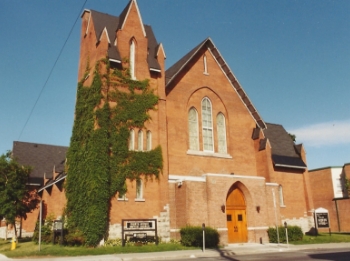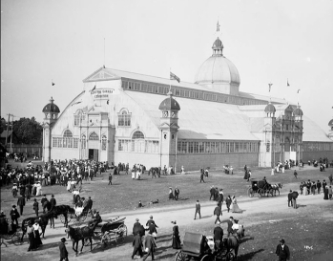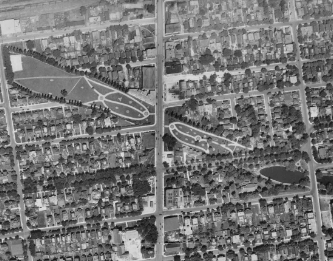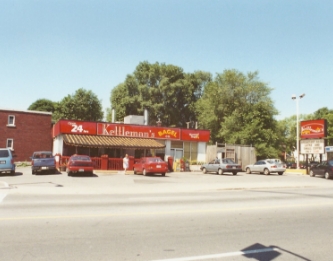History

The Glebe itself was established in name more than 170 years ago. However, the Glebe, like the rest of Ottawa, is built on un-ceded Anishinaabe Algonquin territory. The peoples of the Anishinaabe Algonquin Nation have lived on this territory for millennia and continue to live here today contributing to the community and culture. The human history of the area extends at least 8,000 years into the past, well before the establishment of the Glebe in 1837. The name “Glebe” means “Church Lands” and the neighbourhood was previously known as “the Glebe lands of St. Andrew’s Presbyterian Church.” Since then, the Glebe has become a vibrant and bright neighbourhood, with its history still ingrained in the buildings and streets.

Some of the most notable points of interest in the Glebe have a long history in Ottawa, such as the Aberdeen Pavilion, the Rideau Canal, and Bank Street Bridge. The Aberdeen Pavilion was built by architect Moses C. Edey, with construction beginning in 1897 and officially opened in September 1898. The Pavilion underwent extensive restoration in 1994 and remains in use for events at Lansdowne Park today. The Rideau Canal was completed in 1832 with the military purpose of creating safe passage between Montreal and Kingston. The Federal Government took ownership from the British Ordinance in 1868 which quickly began its use for commercial purposes. By the early 1900’s, the Rideau Canal was used by the locals for recreational and transportation purposes.

Today, the Rideau Canal becomes the world’s largest and second longest skating rink during the winter months and is a popular attraction throughout the Winterlude festival. The Bank Street Bridge was built in 1866 and was originally a wooden bridge. It was then replaced by a steel swing bridge to allow boats to pass through underneath. The swing bridge was replaced by the current bridge in 1912 which was specially designed to be high enough for boats to pass through without the need for a swing bridge. The current bridge was fully restored in 1993.

The Glebe has a rich history that continues to grow as the neighbourhood evolves into the future. The Glebe is a wonderful neighbourhood within Ottawa, that includes a thriving business main street, an involved residential community, small- and large-scale events, beautiful green spaces, and much more!


